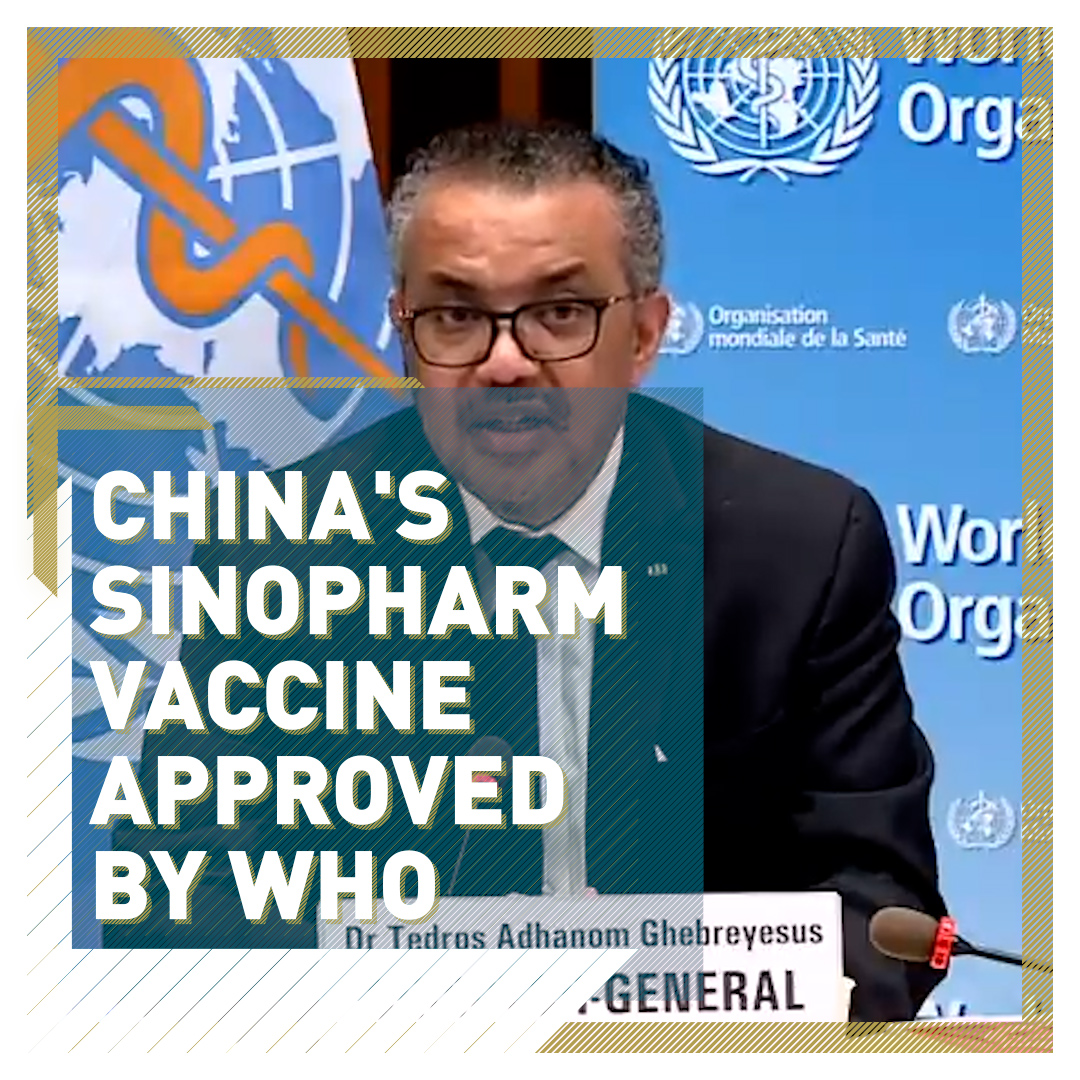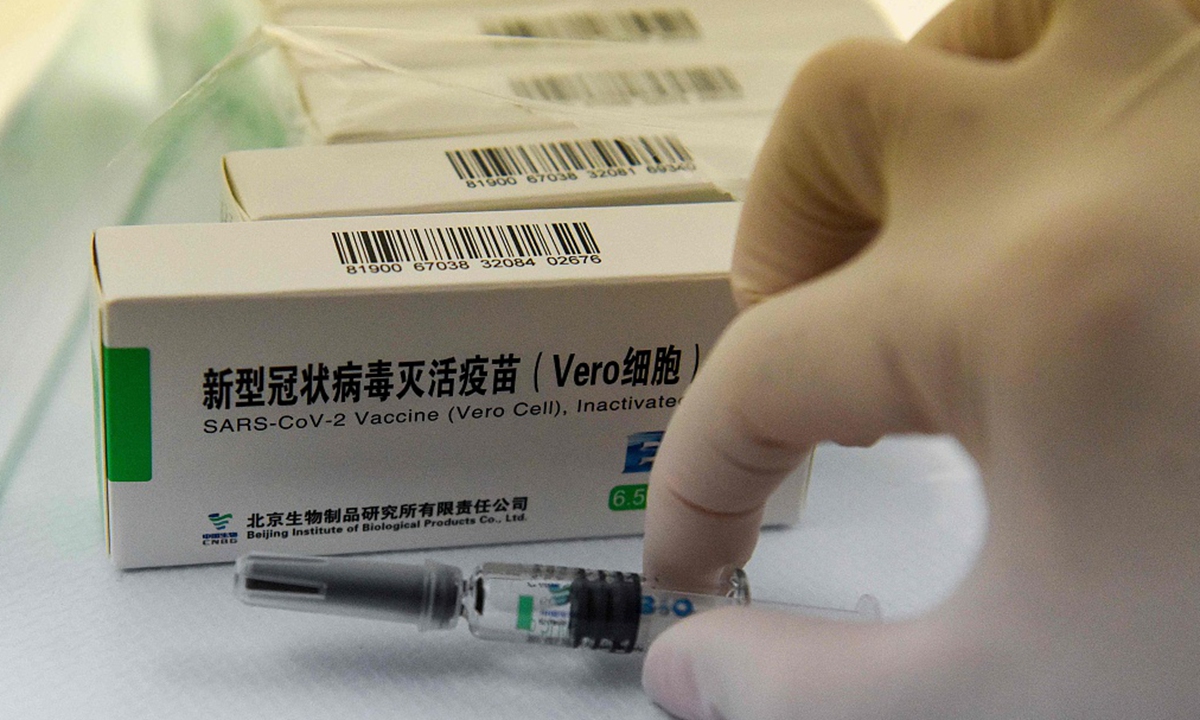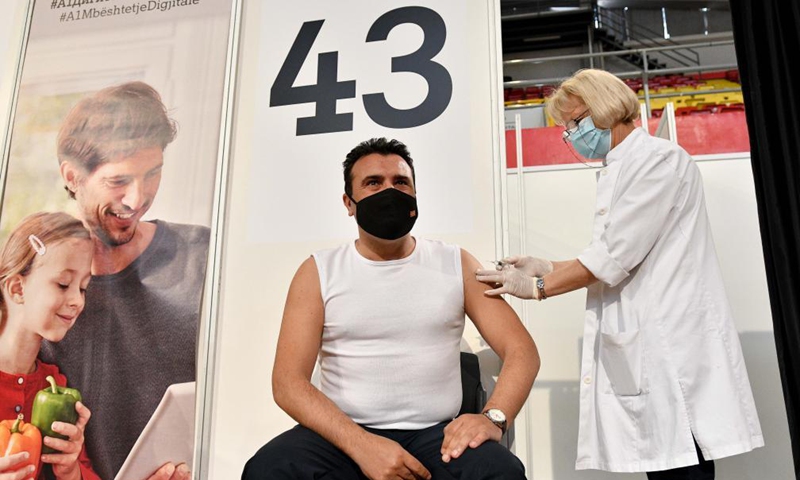The revelation that Barack Obama keeps a 'kill list' of people to be targeted by drones has led to criticism from former supporters. Photograph: Carolyn Kaster/AP
Amos Guiora knows all about the pitfalls of targeted assassinations, both in terms of legal process and the risk of killing the wrong people or causing civilian casualties. The University of Utah law professor spent many years in the Israel Defence Forces, including time as a legal adviser in the Gaza Strip where such killing strikes are common. He knows what it feels like when people weigh life-and-death decisions.
Yet Guiora – no dove on such matters – confessed he was "deeply concerned" about President
Barack Obama's own "kill list" of terrorists and the way they are eliminated by missiles fired from robot drones around the world. He believes US policy has not tightly defined how people get on the list, leaving it open to legal and moral problems when the order to kill leaves Obama's desk. "He is making a decision largely devoid of external review," Guiroa told the
Observer, saying the
US's apparent methodology for deciding who is a terrorist is "loosey goosey".
Indeed,
newspaper revelations last week about the "kill list" showed the
Obama administration defines a militant as any military-age male in the strike zone when its drone attacks. That has raised the hackles of many who saw Obama as somehow more sophisticated on terrorism issues than his predecessor, George W Bush. But Guiora does not view it that way. He sees Obama as the same as Bush, just much more enthusiastic when it comes to waging drone war. "If Bush did what Obama has been doing, then journalists would have been all over it," he said.
But the "kill list" and rapidly expanded drone programme are just two of many aspects of Obama's national security policy that seem at odds with the expectations of many supporters in 2008. Having come to office on a powerful message of breaking with Bush, Obama has in fact built on his predecessor's national security tactics.
Obama has presided over a massive expansion of secret
surveillance of American citizens by the
National Security Agency. He has launched a ferocious and unprecedented crackdown on whistleblowers. He has made more government documents classified than any previous president. He has broken his promise to close down the controversial
Guantánamo Bay prison and pressed on with prosecutions via secretive military tribunals, rather than civilian courts. He has preserved
CIA renditions. He has tried to grab broad new powers on what defines a terrorist or a terrorist supporter and what can be done with them, often without recourse to legal process.
The sheer scope and breadth of Obama's national security policy has stunned even fervent Bush supporters and members of the
Washington DC establishment. In last week's
New York Times article that detailed the "kill list", Bush's last CIA director, Michael Hayden, said Obama should open the process to more public scrutiny. "Democracies do not make war on the basis of legal memos locked in a [Department of Justice] safe," he told the newspaper.
Even more pertinently, Aaron David Miller, a long-term Middle East policy adviser to both Republican and Democratic administrations, delivered a damning verdict in a recent issue of
Foreign Policy magazine. He wrote bluntly: "Barack Obama has become George W Bush on steroids."
Many disillusioned supporters would agree. Jesselyn Radack was a justice department ethics adviser under Bush who became a whistleblower over violations of the legal rights of "
American Taliban" John Walker Lindh. Now Radack works for
the Government Accountability Project, defending fellow whistleblowers. She campaigned for Obama, donated money and voted for him. Now she has watched his administration – which promised transparency and whistleblower protection – crack down on national security whistleblowers.
It has used the Espionage Act – an obscure first world war anti-spy law – six times. That is more such uses in three years than all previous presidents combined. Cases include John Kiriakou, a CIA agent who leaked details of waterboarding, and Thomas Drake, who revealed the inflated costs of an NSA data collection project that had been contracted out. "We did not see this coming. Obama has led the most brutal crackdown on whistleblowers ever," Radack said.
Yet the development fits in with a growing level of secrecy in government under Obama. Last week
a report by the Information Security Oversight Office revealed 2011 had seen US officials create more than 92m classified documents: the most ever and 16m more than the year before. Officials insist much of the growth is due to simple administrative procedure, but anti-secrecy activists are not convinced. Some estimates put the number of documents wrongly classified as secret at 90%.
"We are seeing the reversal of the proper flow of information between the government and the governed. It is probably the fundamental civil liberties issue of our time," said Elizabeth Goitein, a national security expert at the
Brennan Centre for Justice. "The national security establishment is getting bigger and bigger."
One astonishing example of this lies high in the mountain deserts of Utah. This is the innocuously named Utah Data Centre being built for the NSA near a tiny town called Bluffdale. When completed next year, the heavily fortified $2bn building, which is self-sufficient with its own power plant, will be five times the size of the US Capitol in Washington DC. It will house gigantic servers that will store vast amounts of data from ordinary Americans that will be sifted and mined for intelligence clues. It will cover everything from phone calls to emails to credit card receipts.
Yet the UDC is just the most obvious sign of how the operations and scope of the NSA has grown since the 9/11 terrorist attacks. Under Bush, a key part was a secret "warrantless wiretapping" programme that was scrapped when it was exposed. However, in 2008 Congress passed a bill that effectively allowed the programme to continue by simply legalising key components. Under Obama, that work has intensified and earlier this year a Senate intelligence committee extended the law until 2017, which would make it last until the end of any Obama second term.
"Obama did not reverse what Bush did, he went beyond it. Obama is just able to wrap it up in a better looking package. He is more liberal, more eloquent. He does not look like a cowboy," said James Bamford, journalist and author of numerous books about the NSA including 2008's
The Shadow Factory.
That might explain the lack of media coverage of Obama's planned changes to a military funding law called the National Defence Authorisation Act. A clause was added to the NDAA that had such a vague definition of support of terrorism that journalists and political activists went to court claiming it threatened them with indefinite detention for things like interviewing members of Hamas or WikiLeaks. Few expected the group to win, but when lawyers for Obama refused to definitively rebut their claims, a New York judge ruled in their favour. Yet, far from seeking to adjust the NDAA's wording, the White House is now appealing against the decision.
That hard line should perhaps surprise only the naive. "He's expanded the secrecy regime in general," said Radack. Yet it is the drone programme and "kill list" that have emerged as most central to Obama's hardline national security policy. In January 2009, when Obama came to power, the drone programme existed only for
Pakistan and had seen 44 strikes in five years. With Obama in office it expanded to Afghanistan,
Yemen and Somalia with more than 250 strikes. Since April there have been 14 strikes in Yemen alone.
Civilian casualties are common. Obama's first strike in Yemen killed two families who were neighbours of the target. One in Pakistan missed and blew up a respected tribal leader and a peace delegation. He has deliberately killed American citizens, including the radical cleric Anwar al-Awlaki in September last year, and accidentally killed others, such as Awlaki's 16-year-old son, Abdul-Rahman.
The drone operation now operates out of two main bases in the US, dozens of smaller installations and at least six foreign countries. There are "terror Tuesday" meetings to discuss targets which Obama's campaign manager, David Axelrod, sometimes attends, lending credence to those who see naked political calculation involved.
Yet for some, politics seems moot. Obama has shown himself to be a ruthless projector of national security powers at home and abroad, but the alternative in the coming election is Republican Mitt Romney.
"Whoever gets elected, whether it's Obama or Romney, they are going to continue this very dangerous path," said Radack. "It creates a constitutional crisis for our country. A crisis of who we are as Americans. You can't be a free society when all this happens in secret."
Death from the sky
• Popularly called drones, the flying robots used by Obama are referred to as unmanned aerial vehicles by the defence industry that makes them. The air force, however, calls them RPAs, or remotely piloted aircraft, as they are flown by human pilots, just at a great distance from where they are operating.
• The US air force alone has up to 70,000 people processing the surveillance information collected from drones. This includes examining footage of people and vehicles on the ground in target countries and trying to observe patterns in their movements.
• Drones are not just used by the military and intelligence community. US Customs and Border Protection has drones patrolling land and sea borders. They are used in drug busts and to prevent illegal cross-border traffic.
• It is assumed the Pentagon alone has 7,000 or so drones at work. Ten years ago there were fewer than 50. Their origins go back to the Vietnam war and beyond that to the use of reconnaissance balloons on the battlefield.
• Last year a diplomatic crisis with Iran broke out after a sophisticated US drone, the RQ-170 Sentinel, crash-landed on Iranian soil. Iranian forces claimed it had been downed by sophisticated jamming technology.


 Sinopharm vaccine File photo:VCG
Sinopharm vaccine File photo:VCG






 Gannett, publisher of USA Today and dozens of other newspapers, became the latest to unveil its plan, splitting its print and broadcast operations into two separate units in a move to 'sharpen' the focus of each. - AFP
Gannett, publisher of USA Today and dozens of other newspapers, became the latest to unveil its plan, splitting its print and broadcast operations into two separate units in a move to 'sharpen' the focus of each. - AFP




